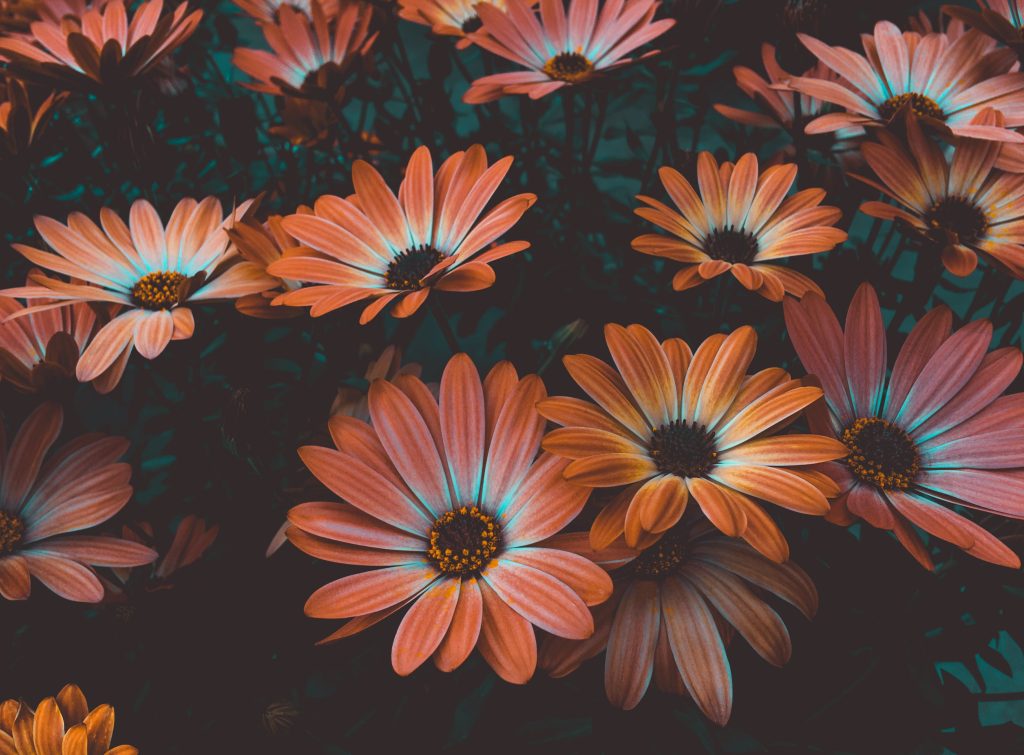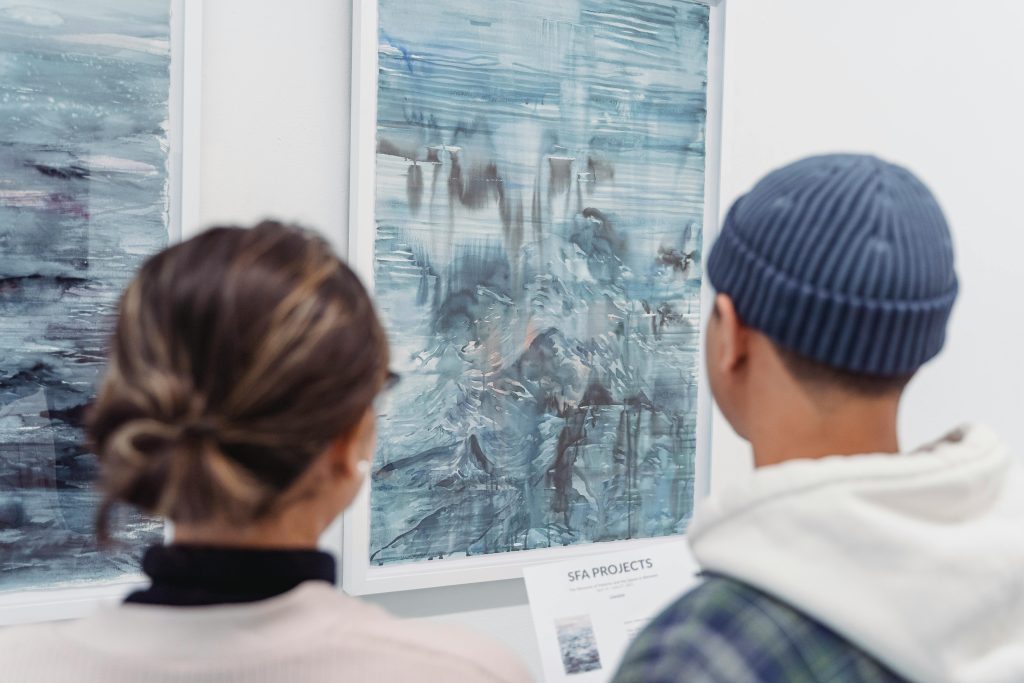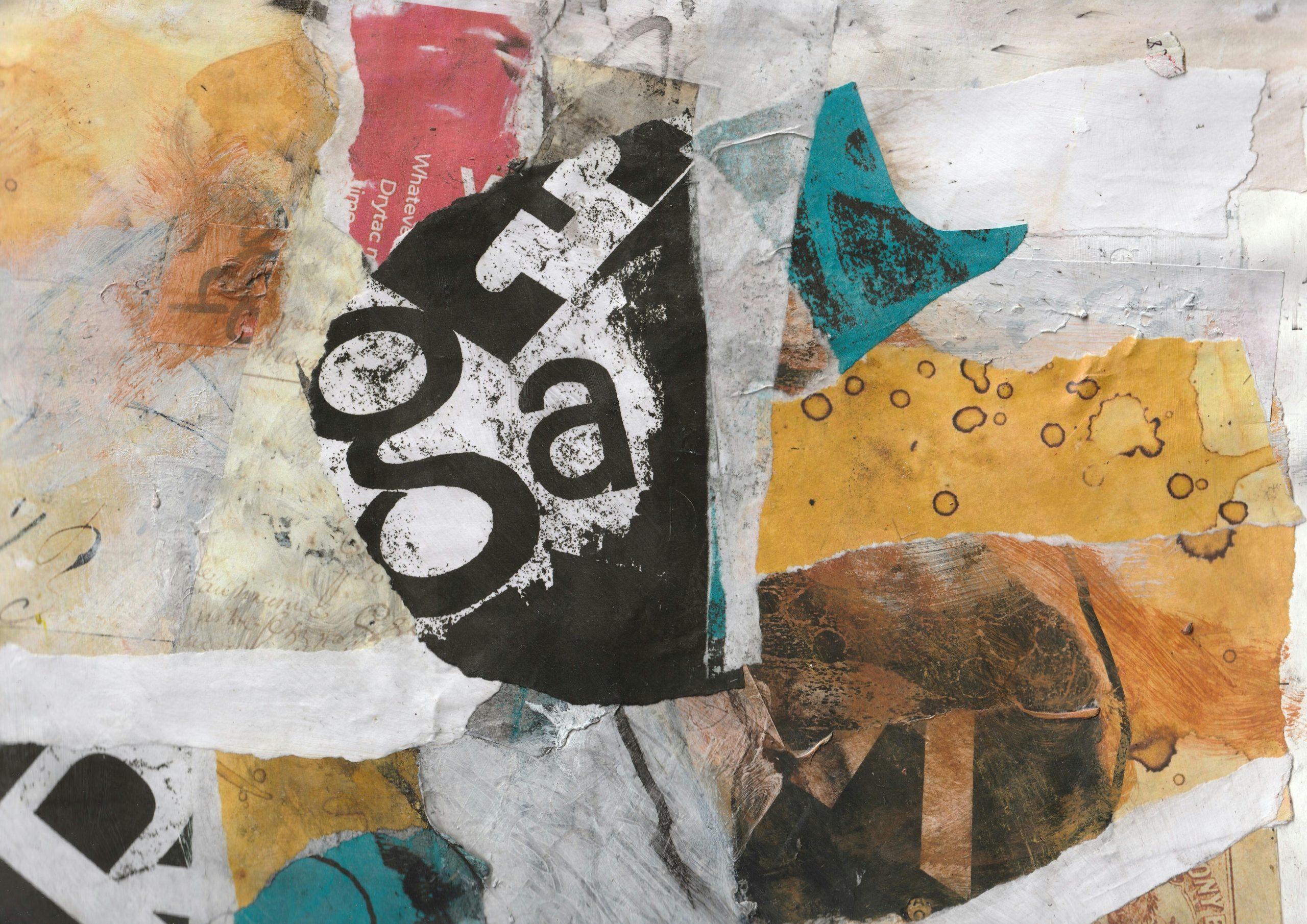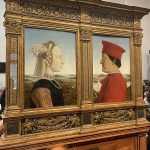Imagine hearing a fiery trumpet solo and simultaneously seeing a cascade of crimson and gold. This esoteric neurological phenomenon, known as synesthesia, is a mental condition that transcends the usual functionalities and boundaries of our senses. Unlike most, synesthetes – a group that includes artists such as Vincent Van Gogh, novelists like Vladimir Nabokov, and singer Lorde – experience involuntary sensory responses triggered by stimuli meant for a different sense. To further clarify, synesthesia causes people to blend senses in unusual ways, such as seeing colors when they hear music or tasting specific flavors when reading certain words. So, set back and relax as we delve into this peculiar mental phenomenon.
What is Synesthesia ?
Synesthesia stands as one of the most phenomenal, and unusual neurological conditions, in which the stimulation of one sensory or cognitive pathway leads to automatic, involuntary experiences in a second sensory of cognitive pathway. Individuals with this staggering condition, often called synesthetes, can episodically hear colors, see sounds, and taste shapes in predictable manners, radically different from metaphorical speech or creative imagery. This condition is not learned; it is a distinct and exclusive condition reserved to those who are born with it.

Neurological Basis of Synesthesia
The sphere of neurological research in regards to synesthesia remains an area of active enquiry and empirical studies. A leading and predominant theory in this regard, maintains that synesthesia is the direct result of cross-wiring or elevated connectivity between normally separate segments in brain anatomy. Furthermore, this phenomenon might arise from a distortion in the usual, and delicate process of synaptic pruning, in which the brain fails to eliminate excess neural connections during early formative years. Nevertheless, through the use of functional MRI (fMRI), researchers were able to reveal that synesthetes display abnormal increase in activity within brain regions not typically involved with a given sensory stimulus as they experience episodes of synesthetic perception, suggesting the presence of Atypical neural pathways.
Psychological Basis of Synesthesia
From a psychological stance, synesthesia deeply intersect with mental faculties such as cognition, memory, and emotion. The long-standing consistency of synesthetic episodes for an individual over time suggests a deep integration into the brain’s architecture; and not mere superficial, imaginary, or fleeting sensations. Such experiences can mold individual’s memory, boost the vividness, or impose unique structures. For instance, a synesthete person can recall and retain complex sequences or codes more accurately, given that they perceive them in association to specific colors shapes of sounds. Moreover, the subject matter can significantly amplify the emotional resonance of a given sensory stimuli. Music, words or random sounds may elicit specific colors or tastes that are mainly associated with distinct emotional materials for the synesthete.

How Sensory Crossover shaped Iconic Art
Renowned Synesthetic Artists
- Vincent Van Gogh (1853-1890): The vibrant, and radically distinct, colors of Van Gogh’s paintings suggest that he might have experienced chromesthesia, a well known type of synesthesia where sounds elicit the perception of colors. This can be a reasonable explanation of the bold use of unconventional color schemes that convey emotion and movement, overtly visible in paintings such as “Starry Night.” Van Gogh’s innate and iconic ability to evoke emotions through the color might have been a result of synesthetic experiences.
- Wassily Kandinsky (1866-1944): The great Kandinsky, often regarded as one of the earliest creators of pure abstract art, he had a profound synesthetic capacity, in which he can hear colors and see sounds. Kandinsky, well known for his dazzling artworks that were akin to symphonies, tapping into a profound sensory experience that transcends the visual to include the auditory. Nevertheless, such crossover sensory experience deeply influenced and shaped his abstract compositions, delicately making use of colors and forms to evoke sounds and emotions in a way that was revolutionary to his contemporaries.
- Duke Ellington (1899-1974): The legendary jazz composer and bandleader sir Duke Ellington, said to have had synesthesia, which exerted a direct influence on his iconic musical compositions. Ellington frequently referred to music in terms of colors, further stating that he heard a “blue tone” in his music.
- Vladimir Nabokov (1899-1977): The esteemed Russian-American novelist had a well-documented case of grapheme; color synesthesia, in which letters and numbers evoke specific colors. His condition further elevated his linguistic and descriptive capacities, quite vividly observed in his crystal-clear verbal depiction , an attribute that marked his writings. Nabokov condition added a layer of depth and sensory elaboration to his narratives, marking his literary works stand as one of the few most immersive pieces ever written.
Renowned Synesthetic Artworks
- “Composition VII” by Wassily Kandinsky(1913): This piece by Kandinsky stands as an explosive abstract landscape of emotions and sound morphed into shape and color. As a pioneering work of abstracted art, this piece incapsulates the Kandinsky’s belief in the true potential of the synesthetic experience, crafting an immersive visual symphony with the aim to evoke complex emotions and musical structures through its composition.
- “Clair de Lune” by Mark Chagall (1947): inspired and named after the original musical piece under the same title, Chagall’s “Clair de Lune” features a dreamlike scene in which music and colors intertwine under the moonlight. The work illustrates a couple floating in a blue night sky hovering above a well-lit town, incapsulating Chagall’s innate capacity to visualize music as lucid, emotional landscapes.
- “Synchromy in Blue” by Morgan Russell (1913): Morgan Russell co-founded the Synchromy movement along with the esteemed Stanton Macdonald-Wright, which aimed for the novel and unorthodox creation of art that mimicked musical composition through the use of colors. “Synchromy in Blue” acts as a visual elaborate symphony in which Russell employs shades of blue in dynamic, abstract forms to mimic the music in a parallel manner, emphasizing the synesthetic passion to blend visual art with musical elements.
- “Prometheus” by Mikalojus Konstantinas Ciurlionis (1908): In what will later be one of his most iconic works, Ciurlionis portrays the highly symbolic and mythical figure Prometheus with a profound musical structure to the composition, reflecting his dual talent as a painter and a music composer. The painting is dense in abstract, symbolic elements structured in a manner that reflects the techniques of musical compositions, pushing forth themes such as creation and cosmic order through an elaborate blend of visual and auditory senses.








